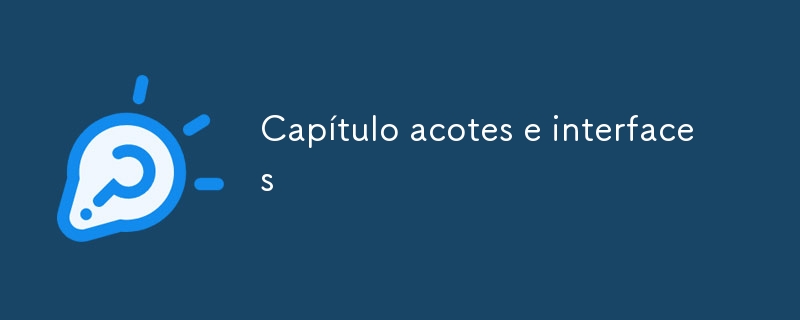

What are we going to see in this chapter
Main skills and concepts
• Use packages
• Understand how packages affect access
• Apply the protected
access modifier
• Import packages
• Know the standard Java packages
• Understand the basic aspects of the interface
• Implement an interface
• Apply interface references
• Understand interface variables
• Extend interfaces
• Create standard and static interface methods
Packages and Interfaces:
These are innovative features that help organize and encapsulate the code.
Packages
Package functions:
They group related parts of a program into an organized unit.
Control access between classes, allowing encapsulation.
Namespace:
Prevents class name collisions by appending the package name to each class.
Solves the naming problem in large projects, avoiding conflicts with the names of other classes or libraries.
Access Control:
Packages allow code from related classes to be accessible within the same package, but private to external code.
Facilitates the creation of standalone and encapsulated groups of classes.
Example of Packages and Interfaces
src/
mypackage/
MyInterface.java
MyClass.java
Main.java
package mypackage;
// Definindo uma interface
public interface MyInterface {
void sayHello(); // Método abstrato
}
package mypackage;
// Implementando a interface em uma classe
public class MyClass implements MyInterface {
@Override
public void sayHello() {
System.out.println("Olá, Mundo! Implementando uma Interface.");
}
}
import mypackage.MyClass; // Importando a classe do pacote 'mypackage'
public class Main {
public static void main(String[] args) {
MyClass myObject = new MyClass(); // Criando uma instância de MyClass
myObject.sayHello(); // Chamando o método implementado
}
}
Explanation:
Program output:
Hello World! Implementing an Interface.
The above is the detailed content of Dimensions and interfaces chapter. For more information, please follow other related articles on the PHP Chinese website!




